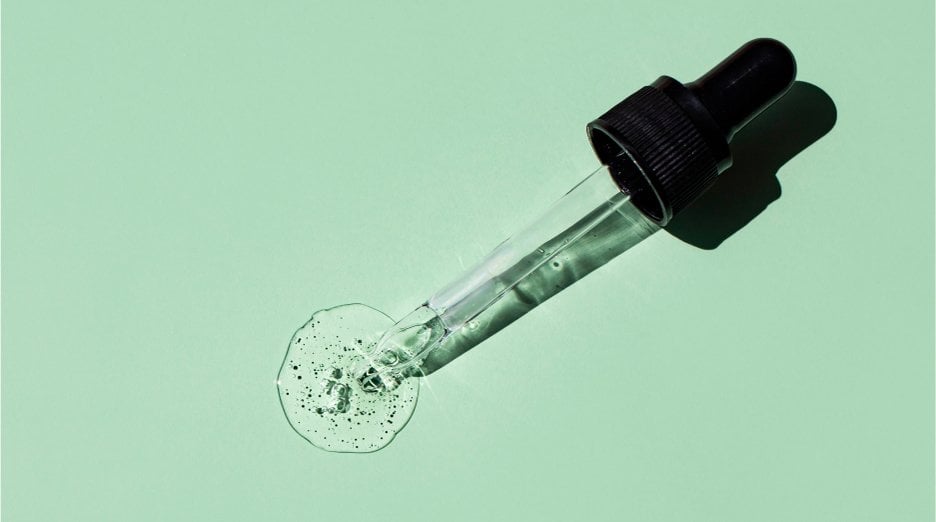The Benefits of Hyaluronic Acid for Skin
You’ve probably seen “hyaluronic acid” increasingly appear in skincare products recently. But what is hyaluronic acid and what are the hyaluronic acid benefits for skin? Discover why this wildly popular ingredient seems to be everywhere, and how to make it a key component of your skincare routine.




